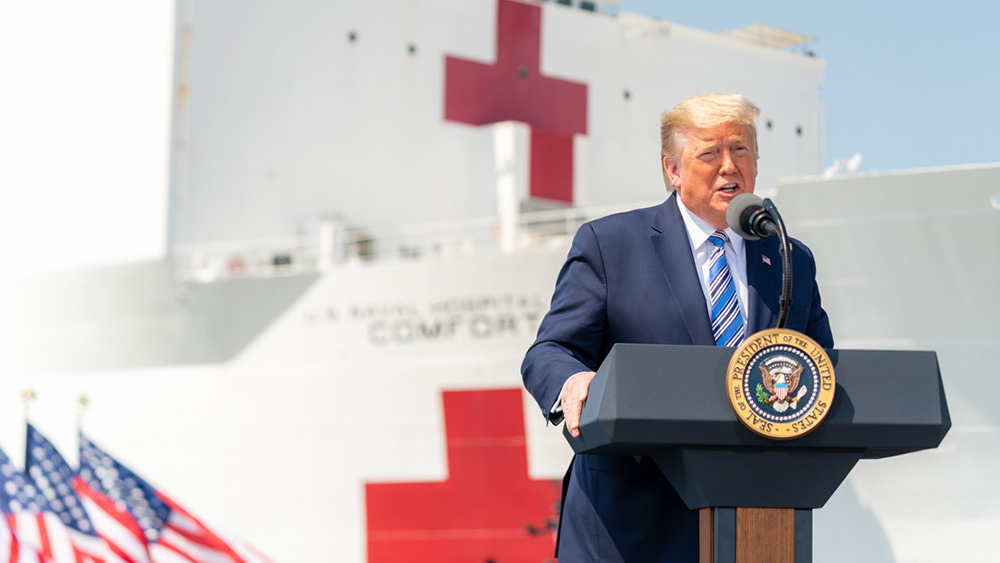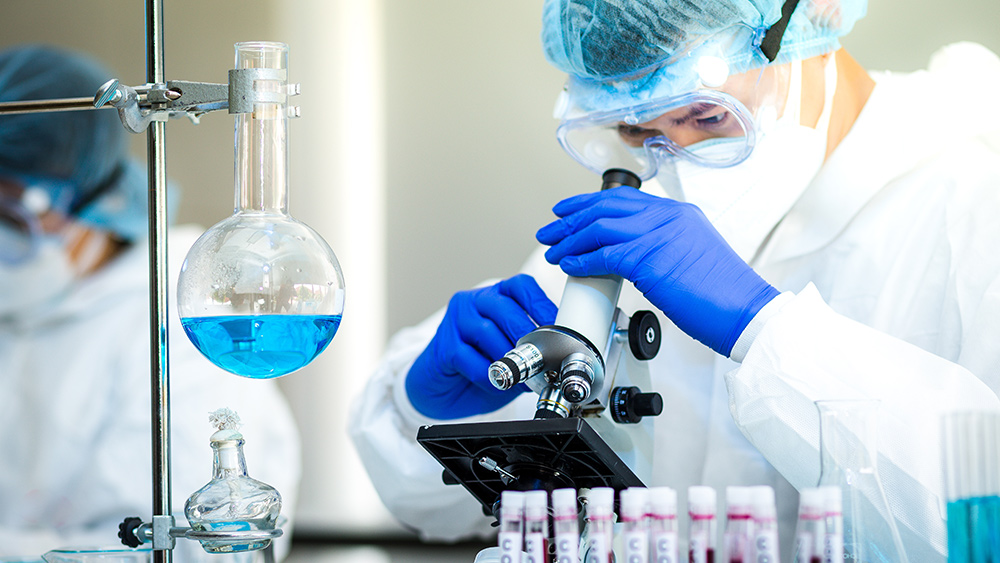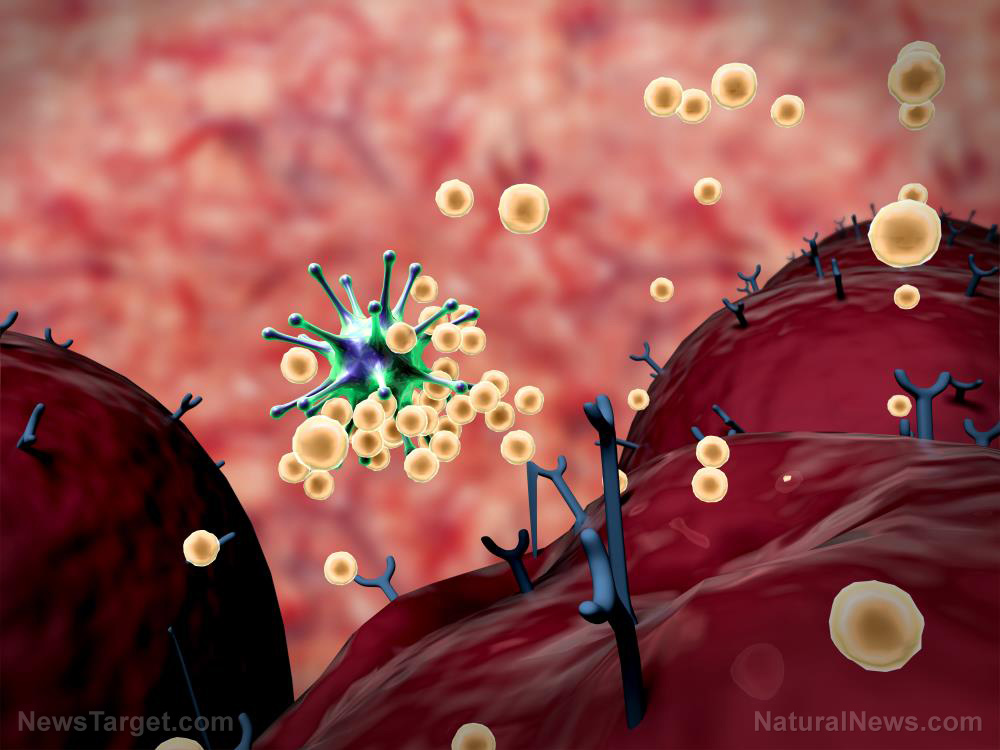
Samadi’s comments came after the president and First Lady Melania Trump tested positive for the coronavirus. The First Couple was transferred to Walter Reed National Military Center on Oct. 2 for treatment and subsequently discharged four days later.
The president’s physician Dr. Sean Conley immediately recommended that Trump take supplemental oxygen during the morning of Oct. 2 and urged him to go to Walter Reed; Trump’s fever broke before noon that day.
Conley told reporters Sept. 4 that it had been more than 72 hours since the president’s last fever, and his condition has “continued to improve.” He added that Trump will receive another dose of antiviral drug remdesivir – which the Food and Drug Administration authorized in May – before being sent home as he “met or exceeded all standard hospital discharge criteria.”
Trump also received the steroid dexamethasone and other treatments such as zinc, famotidine and aspirin – aside from remdesivir. He also took a “polyclonal antibody cocktail” made by Regeneron Pharmaceuticals to boost his immune system. The company touted this treatment as helpful in reducing viral levels and improving COVID-19 symptoms.
Samadi, who is the current director of men’s health at St. Francis Hospital in New York, said that apart from the Regeneron antibody cocktail – the treatments Trump received were available to the average person.
Trump’s optimism also contributed to his speedy recovery
Trump has spoken about his COVID-19 experience with an optimistic tone. He motivated Americans in an Oct. 6 tweet: “Don't be afraid of [COVID-19.] Don't let it dominate your life.”
The next day, he tweeted that Americans need to learn to live with the coronavirus – in the same way they have learned to live with the flu. He added in the Oct. 7 tweet that closing down the country was unnecessary; many people still died of influenza despite the existence of a vaccine.
According to Samadi, Trump's optimistic framing conveys a message that America is the “strongest country in the world” – even though people are dying of different reasons every day. Trump’s optimism also functioned as a sliver of hope in a negative environment.
“By locking down the entire country, you’re adding more to suicide, anxiety, depression, economic collapse … you take a situation that could be bad, and turn it into a disaster. So we need to learn to coexist with this virus as we have with other many viruses,” Samadi said.
Sadly, most states do not reflect Trump’s optimism in the face of the pandemic
Contrary to Trump’s optimistic messaging, several states – especially those held by Democrats – have chosen to sow fear in the hearts of their citizens. The state of California, for instance, has implemented draconian lockdowns in various places to curb the spread of the coronavirus.
Last July, health authorities locked down an apartment complex in the city of Ventura and mandated its 78 residents to undergo COVID-19 testing against their will. Residents who test positive were ordered to isolate themselves. To make matters worse – residents’ keycards were deactivated, security officers were posted to the entrances 24/7 and access to the building was restricted to essential workers.
The mainstream media also exacerbates the pessimism and promotes conditioned hopelessness in the population, as evidenced by CNN’s grim report about how society will never go back to normal. The president’s call to learn to live with the coronavirus is a much-needed break from the generally negative atmosphere.
Follow Pandemic.news to find out more reports about how Americans are coping with the ongoing coronavirus pandemic.
Sources include:
Please contact us for more information.




















